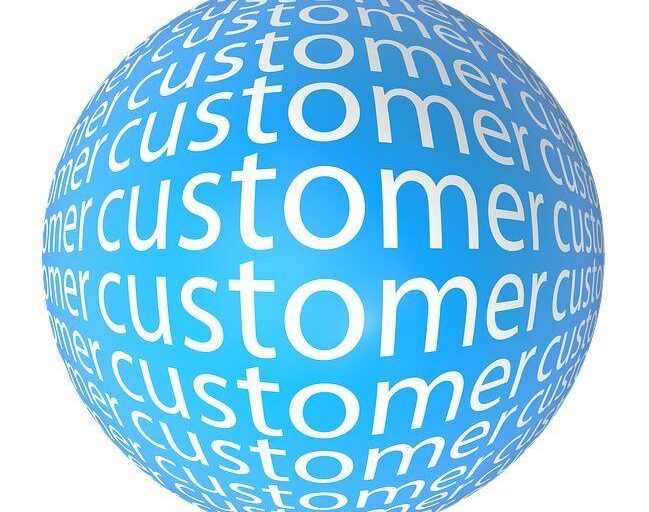Follow this advice for a great Client/Consultant relationship.
More and more often, business owners are discovering the benefits of hiring consultants to help them in various areas of their business. It allows them to accomplish goals without having to hire full time staff, only dishing out payment for specific tasks and projects.
But, unfortunately, sometimes things don’t go as smoothly as expected. Each side has their own perspective, and problems can arise.
Here are 7 things that can interfere with a good working relationship:
1. Not creating an agreement between the two parties that outlines the terms of the project.
While it may be true that an agreement is often only worth the paper it is written on, it is always a good idea to have the terms of the project formally written. This gives a reference point for both parties, should there be any question of the scope of the responsibilities of either party, payment terms, or how to end the project.
2. Not being clear on expectations.
Communication is not always easy! We all like to think that we are great communicators, but the reality is that nearly all of us miscommunicate something in most discussions. Psychologically, this is because although we are always clear in our minds of exactly what we mean, getting that thought out of our heads and into the minds of others is not always that simple and straightforward. Be sure that each side states what they understand the expectations to be, and clear up any misunderstandings before moving forward.
3. Not understanding that things sometimes take longer than expected.
Unless you are trained or experienced in certain areas, it can be difficult to understand how long certain tasks can take to be completed. A finished product, such as a newsletter, can look like it is fairly simple to produce, however there is often a lot that goes on behind the scenes. For instance, if your newsletter is electronic, all links have to be created and tested, layout has to be verified across different browsers, etc. Try to level your expectations about how long it will take to have the final product delivered, and work closely with your consultant so you know what to expect.
4. Not providing information or materials in a timely fashion.
The ability for the consultant to deliver on time and on budget is largely determined by the cooperation between themselves and their client. If you are hoping to have a website created and live within 2 weeks, but are failing to deliver information, pictures, and approvals on the build, it becomes impossible for the consultant to complete the project within your anticipated time frame.
5. Changing expectations mid-stream.
As projects move forward they often lend themselves to changes. This is to be expected and should not be ignored. But when these opportunities arise, be sure that both parties are included in the discussions about how to move forward, ensuring that expectations are leveled on both sides and everyone is clear about the new expectations.
6. Stopping a project before it has had a chance to prove itself.
No one wants to waste time and money! But cancelling a project before it has had the opportunity to prove its worth does exactly that. Decide on the plan, including timelines and an exit strategy when, and if, it appears as though the project is not producing the ROI expected. Until you reach that abandon point, don’t blink! Keep moving forward. Many times, things will take a bit of time to gather momentum.
7. Not paying your consultant on time.
Payment for services provided should be outlined in your initial agreement. Sticking to payment schedules allows the consultant to focus on delivering a quality product or service to you, without turning them into collection agencies. Reluctance or delay in paying on time can also start to create a negative energy between parties, making it difficult to move forward with trust and confidence.
So there you have it. The 7 things that clients should avoid doing when dealing with consultants.
But there are two sides to every story. My next article will address the top things that consultants should avoid doing when dealing with their clients, so stay tuned for part 2 of this story.
Until next time…
Are you ready to grow your business now? If you’re ready to take the next step and make your business more profitable, contact us today.
If you like the information you are receiving, please consider forwarding this post.









